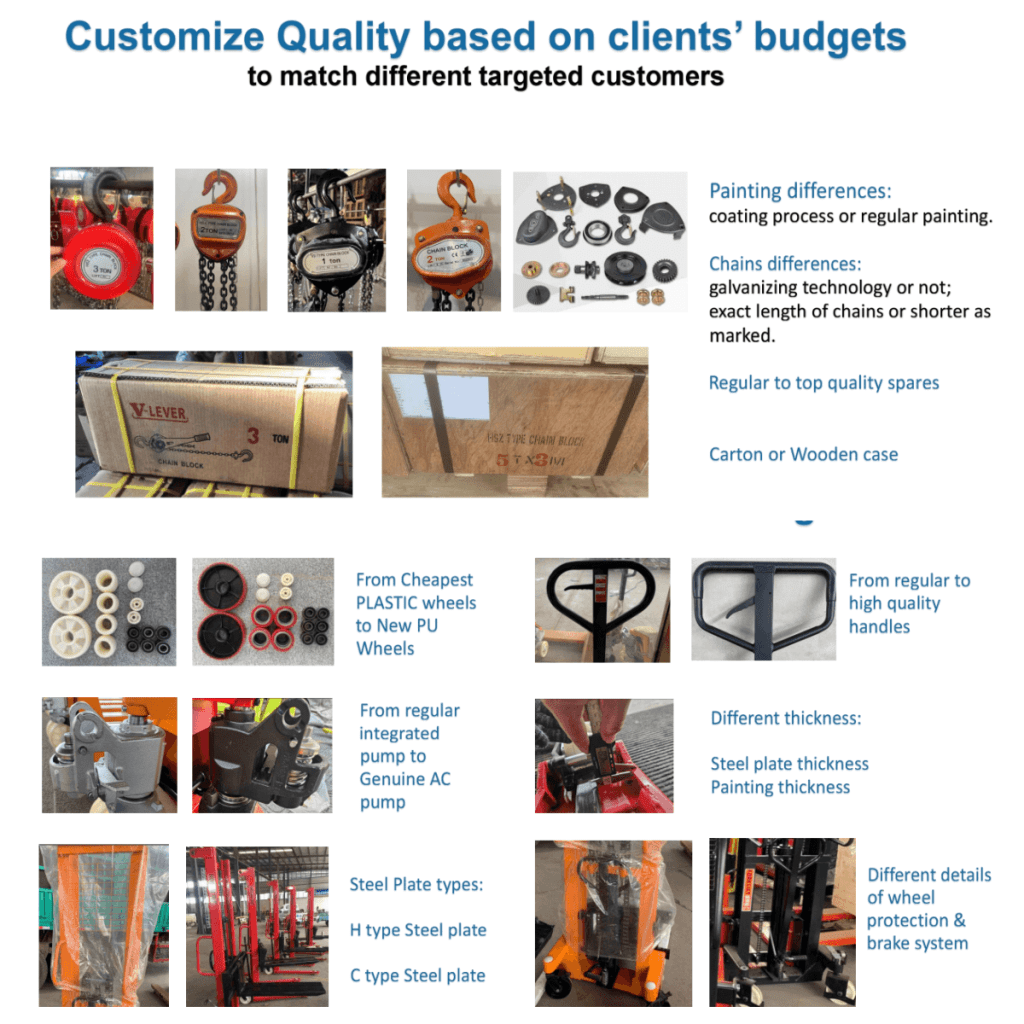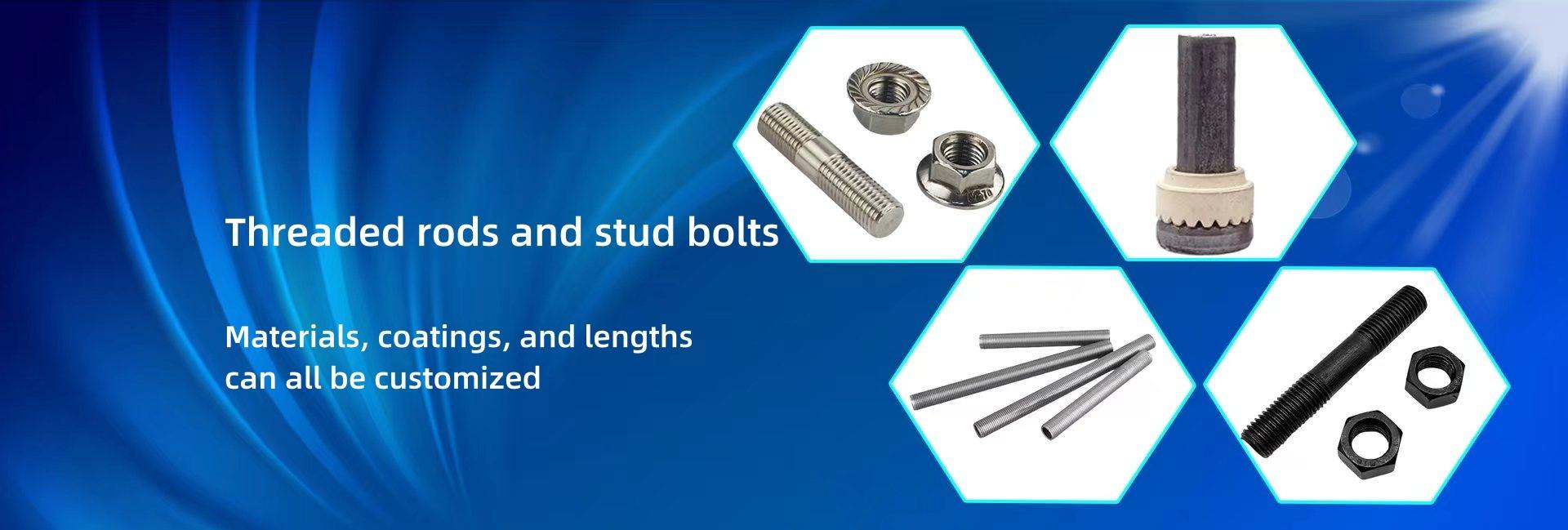How to Identify the Quality of Hardware Accessories
When it comes to hardware accessories, quality is crucial. Here are some tips to help you identify the quality of hardware accessories:1. Check the materials used: High-quality hardware accessories are made from durable and reliable materials that ensure longevity and performance.,2. Look for brand recognition: Established brands have a reputation to uphold and are more likely to produce high-quality products.,3. Consider the price: While cheap hardware accessories may initially seem like a good deal, they often lack the durability and performance of more expensive options.,4. Research online reviews: Reading reviews from other users can give you a good idea of the quality and performance of a hardware accessory.,5. Test the product: If possible, try out the hardware accessory before buying it to ensure it meets your needs and expectations.By following these tips, you can identify high-quality hardware accessories that will provide you with years of reliable performance.
Hardware accessories, often taken for granted, play a crucial role in the performance and lifespan of a product. From screws to nuts, bolts to washers, these components work together to hold a product together and ensure its smooth functioning. However, with the wide range of hardware accessories available on the market, it can be challenging to identify the good from the bad. This article will guide you on how to evaluate the quality of hardware accessories to ensure you are using the best for your project.
1. Material Identification

The first step in assessing hardware accessory quality is to identify the material it is made from. Common materials used in hardware accessories include steel, stainless steel, brass, bronze, and plastic. Each material has its own set of properties that affect its durability, corrosion resistance, and overall performance. For instance, stainless steel is known for its corrosion resistance and durability, making it ideal for outdoor or wet environments. On the other hand, plastic hardware accessories are lightweight and offer good corrosion resistance but may not have the same level of durability as metal alternatives.
2. Surface Finish Evaluation
The surface finish of a hardware accessory refers to the smoothness or roughness of its surface. It is often determined by the manufacturing process and can affect the performance and lifespan of the product. For example, a smooth surface finish will reduce friction and wear, increasing the accessory’s lifespan. Conversely, a rough surface finish may increase friction and wear, leading to premature failure. To evaluate surface finish, you can use a profilometer or other measuring instruments to measure the roughness of the surface.
3. Thread Quality Check

Threads are the grooves that are cut into bolts and nuts to provide a means of connecting them together. The quality of these threads is crucial to the strength and reliability of the connection. Poor thread quality can lead to cross-threading, which can cause damage to the accessory or product. To check thread quality, you can use a thread gauge to measure the pitch and depth of the threads.
4. Tolerance Analysis
Tolerance refers to the acceptable range of variation from the nominal size of a hardware accessory. It is crucial to ensure that all components fit together properly and function as intended. Tolerance analysis involves measuring the actual size of the accessory and comparing it to the specified tolerance range. If the actual size is outside the tolerance range, it may affect the performance or reliability of the product.
5. Chemical Testing

Some hardware accessories may be subjected to chemical testing to evaluate their corrosion resistance or compatibility with certain chemicals. This testing can help determine if the accessory will rust or corrode in certain environments or if it is suitable for use with certain chemicals. Chemical testing can also help identify any harmful chemicals that may be present in the environment, ensuring safety when using the accessory.
In conclusion, identifying the quality of hardware accessories is essential to ensure that you are using components that are reliable and will not affect the performance or lifespan of your product. By considering material identification, surface finish evaluation, thread quality check, tolerance analysis, and chemical testing, you can ensure that you are using high-quality hardware accessories that will meet your project’s needs.
Articles related to the knowledge points of this article:
The Sourcing of Hardware Components
The article title is: Toilet hardware: essential components and their maintenance
Title: Luoyang Hardware Accessories: Quality and Selection
Title: Sanming Hardware Accessories: The Perfect Fit for Your Project



